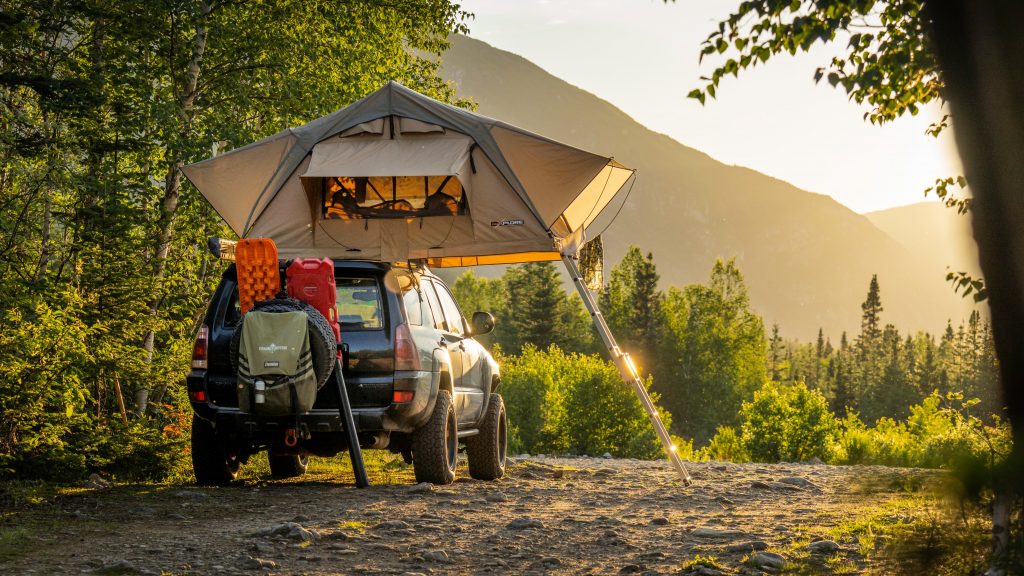
Photo by Alfred Boivin on Unsplash
Packing for a holiday can be stressful enough, but adding camping to your travel plans presents a whole new set of additional challenges. There is no single set way to pack for a camping vacation because every camping trip is unique depending on where you’re camping and what activities you have planned.
Assuming you haven’t booked a luxury glamping experience which requires minimal gear, there’s a lot to consider such as packing a shelter, comfort items, cooking supplies, and safety gear.
Successful camping often depends on careful preparation, so to get you prepared for your next camping adventure, we’ve put together our handy list of essential items you should pack for your next big date with Mother Nature.
Whether you’re planning a bit of remote camping in the Outback, some relaxing coastal camping along one of our many popular beaches, or are looking to camp in a world-renowned national park overseas, obtaining either domestic or international travel insurance will help ensure you remain a happy camper should you run into unexpected troubles.
Shelter
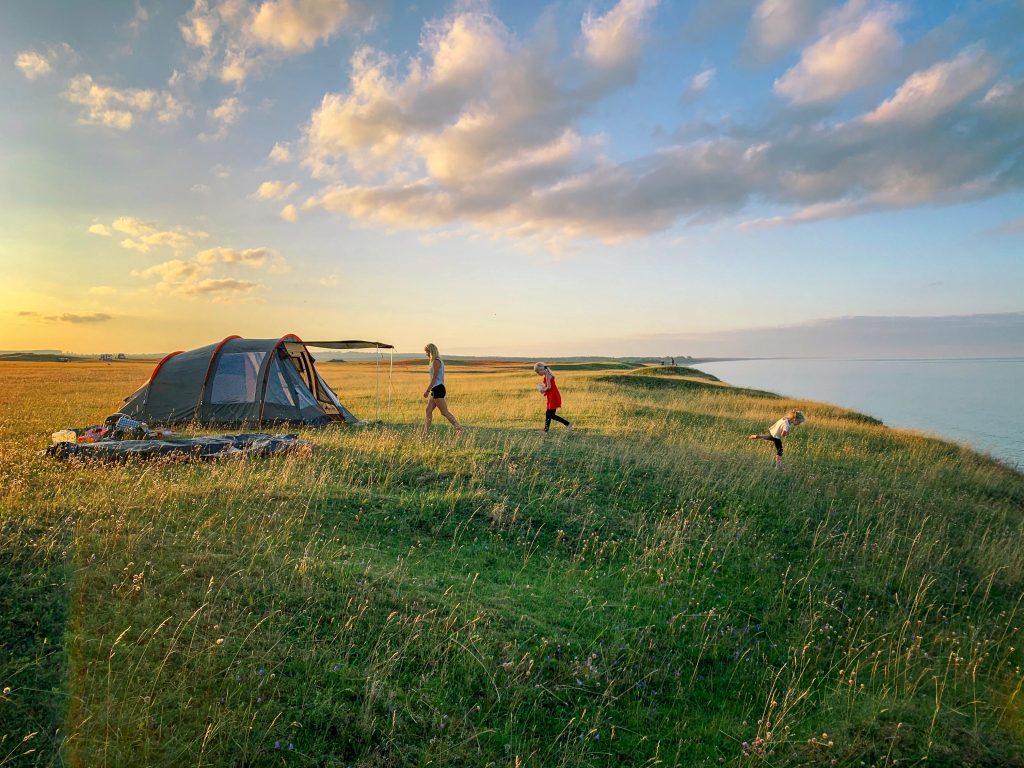
Photo by Mattias Helge on Unsplash
While the notion of simply sleeping under the stars may sound romantic, the truth is that you’ll likely want and need some type of shelter. Murphy’s Law often applies when camping, with rain, wind, and biting insects all contributing to the need for some type of protection while you’re sleeping.
Tents are often the go-to for camping, but these days tents come in many different varieties. Travelling by plane to your camping destination may place limits on the size and weight of your tent unless you plan on renting one upon arrival, while road trips make it easier to haul one of those fancy multi-chamber tents that can accommodate a large family.
Trekkers may want to look at a lightweight single-person tent that is easy to set up or possibly an even more portable weatherproof bivy sack which acts as a glorified sleeping back to shelter you from the elements without all the hassle of erecting and breaking down a tent.
Be sure to do a test run setting up your tent before your trip to make sure there are no missing parts and to get a handle on how everything works, while also including a tent repair kit just in case.
When it comes time to pitch your tent, be sure to do it during daylight for ease, choosing a flat area that is clear of pests, overhanging dangers that may fall, wind, and potential flooding.
Food, water, and cooking gear
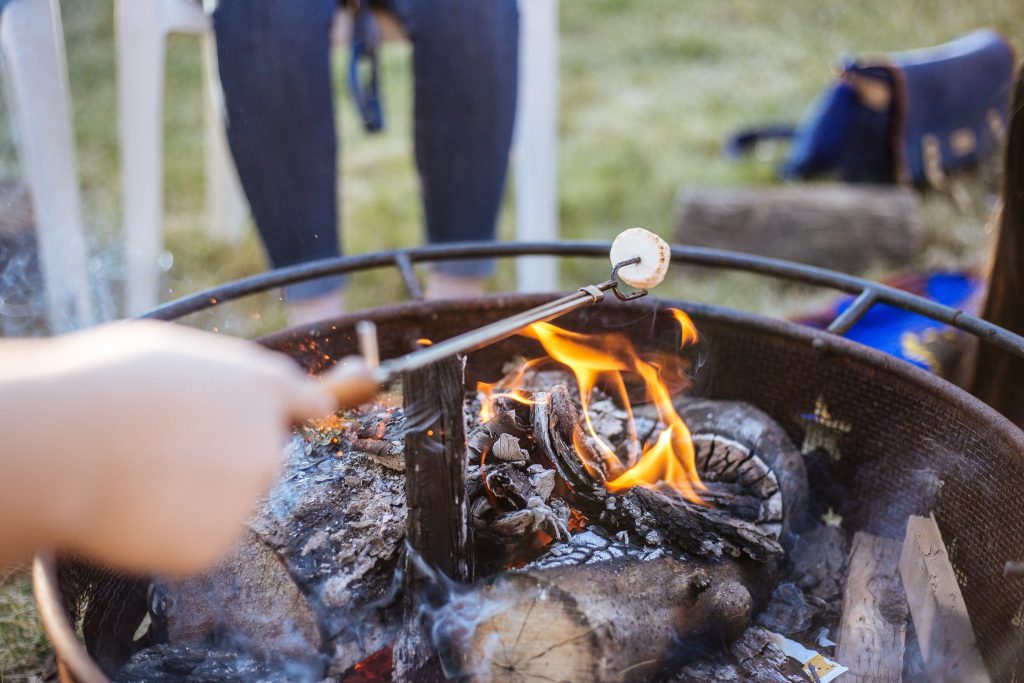
Photo by Priscilla Du Preez on Unsplash
You won’t be able to camp very long without packing food and some way of cooking meals. Water too is an essential item that you must think about, in terms of having enough drinking water, water for cooking food, and water for cleaning up dishes and showering.
While you can stick to non-perishable dry goods while camping, packing some sort of portable camping stove will ensure your options for proper meals don’t become limited. These days, campers can choose from using a simple fire, a gas canister camping stove, or an eco-friendly solar cooker to cook up camp meals.
You’ll want to research whether your chosen campsites do in fact allow fires or the use of portable gas canisters.
It’s always a good idea to pack a water sterilization kit, unless you are able to bring along enough bottled water for the duration of your camping trip. Many remote campsites do not offer potable water, and therefore you may need sterilise water from natural sources by either safely boiling it, using purification tablets, using a specialised filtration straw, or via a newer hi-tech purification device.
Plan out just how much food you’re going to need and then whether you’ll need some sort of quality esky for perishable items. Keep in mind that different coolers often have different ratings in terms of how long they can keep contents chilled.
Other kitchen essentials you should pack include cooking pots, plates and bowls, eating utensils, tea towels, rubbish bags to carry out all your waste, bottle and can openers, biodegradable dish detergent and sponges for washing up, and tupperware or resealable sandwich bags for storing leftovers which will hopefully also help keep out insects and other pests.
Travelling internationally will restrict what you can bring in terms of both food and cooking supplies due to airline baggage restrictions as well as customs and border protection.
This means you will likely not be able to pack items like propane and butane closed gas canisters, certain camping knives, or popular camp foods like nuts, fruits, and cured meats like jerky.
Even when travelling domestically, you may still not be able to pack certain dangerous items when flying and there may be quarantine restrictions regarding specific food items when travelling interstate.
Clothing
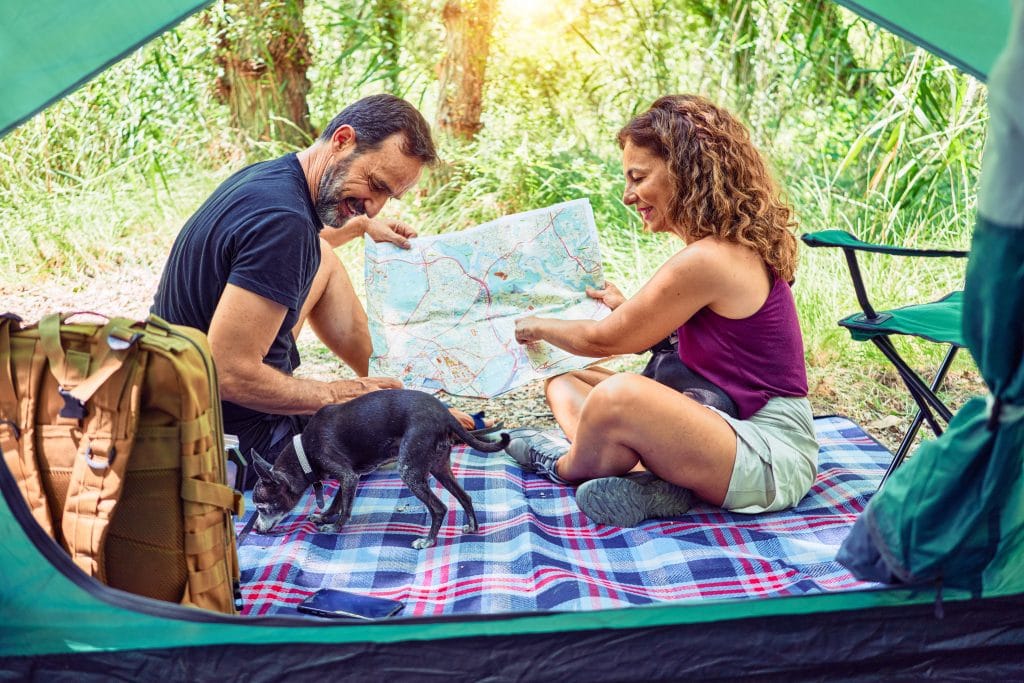
Photo by krakenimages on Unsplash
We’re lucky in Australia that most camping locations don’t require warm, bulky clothing to keep you warm. That being said, camping in places like Tasmania or the Snowy Mountains may mean packing warm socks, gloves, beanies, scarves, and a puffy jacket.
It’s all about being selective when it comes to packing clothing for camping, whether you’ll be pitching a tent here in Australia or overseas. It’s not about packing your entire wardrobe, rather carefully choosing the right items that will keep you comfortable in the climate you’ll be camping in.
This may seem like common sense advice, but many campers fail to research what the conditions may be like and come underprepared when it comes to having the proper clothing. Temperatures can change drastically is certain environments like deserts and the mountains, and you can never really predict the weather.
Because of this uncertainty, campers are always encouraged to dress using the layering system which will allow you to easily add or remove clothing to suit the current conditions. The layering system consists of dressing in three layers which consist of a base layer, followed by an insulating layer, and finally an outer rain/wind proof shell layer.
You want to seek out lightweight, low maintenance clothing that dries quickly and won’t absorb odours easily. This means avoiding cotton and sticking with merino wool or synthetic fabrics such as polypropylene and polyester.
When it comes to footwear, packing sturdy hiking boots is a must when tackling trails in order to protect your feet from dangerous plants and animals like the many venomous snakes found across Australia. You’ll want an additional more comfortable pair of shoes or thongs to use back around camp, preferably ones that stay relatively dry or at least dry quickly in wet conditions.
Health & Safety Items
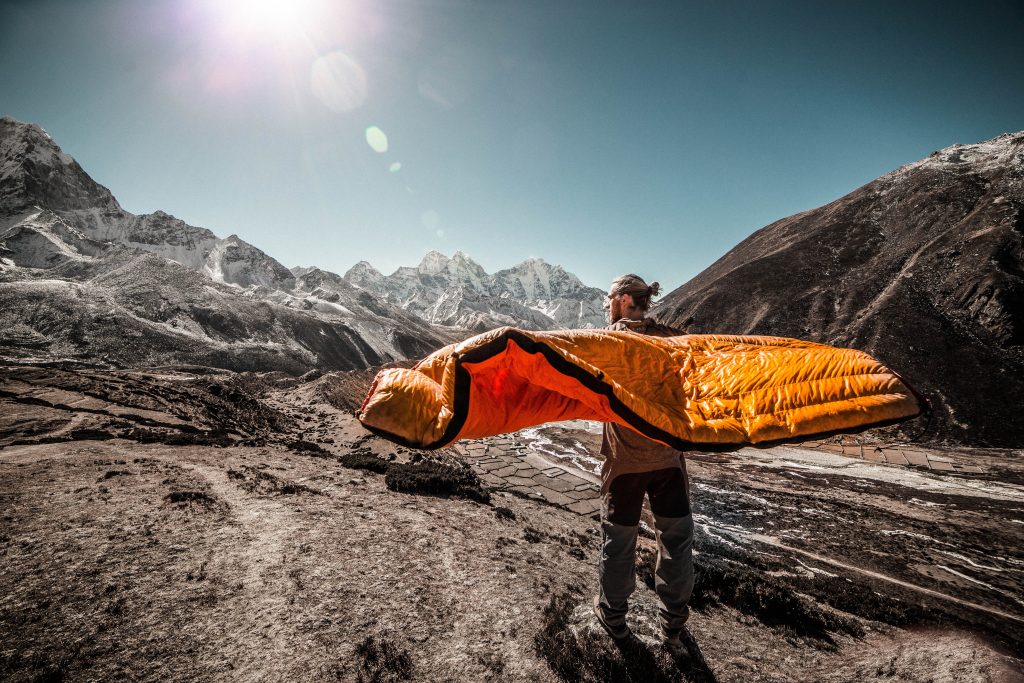
Photo by Martin Jernberg on Unsplash
Staying on top of hygiene while camping can be a bit more challenging, but with a bit of preparation you can avoid going wild yourself. While some campsites offer up showering facilities, more remote campsites may require you to pack something like a solar shower which will allow you to enjoy warm showers.
Packing toiletries for a camping trip requires a bit more careful consideration due to the fact you need to be careful about not introducing harmful chemicals to the environment. Choose eco-friendly soaps and shampoos, and biodegradable toilet paper if there are no proper toilet facilities where you plan to camp.
Hand sanitiser is great for keeping your hands clean around camp, especially when preparing food and there is limited or non-existent running water. Don’t forget to pack your medications, ensuring you have more than enough to last you through your trip.
A first-aid kit should also be an essential item on your list, allowing you to tend to minor cuts and scrapes, eye irritation, bug bites, rashes, and other minor ailments. Your kit should also include a first-aid manual and it never hurts to take a first-aid course before you camp in case others need your assistance.
Bugs are often a common occurrence while camping, so be sure to pack an effective insect spray that will keep biting flies, mosquitoes, and ticks at bay. The last thing you want is to take home an insect-borne disease such as Lyme disease, encephalitis, or malaria as a souvenir. In some cases, you may want to take protective drugs before, during, and after your trip to prevent picking up specific illnesses from insects.
Comfort Items
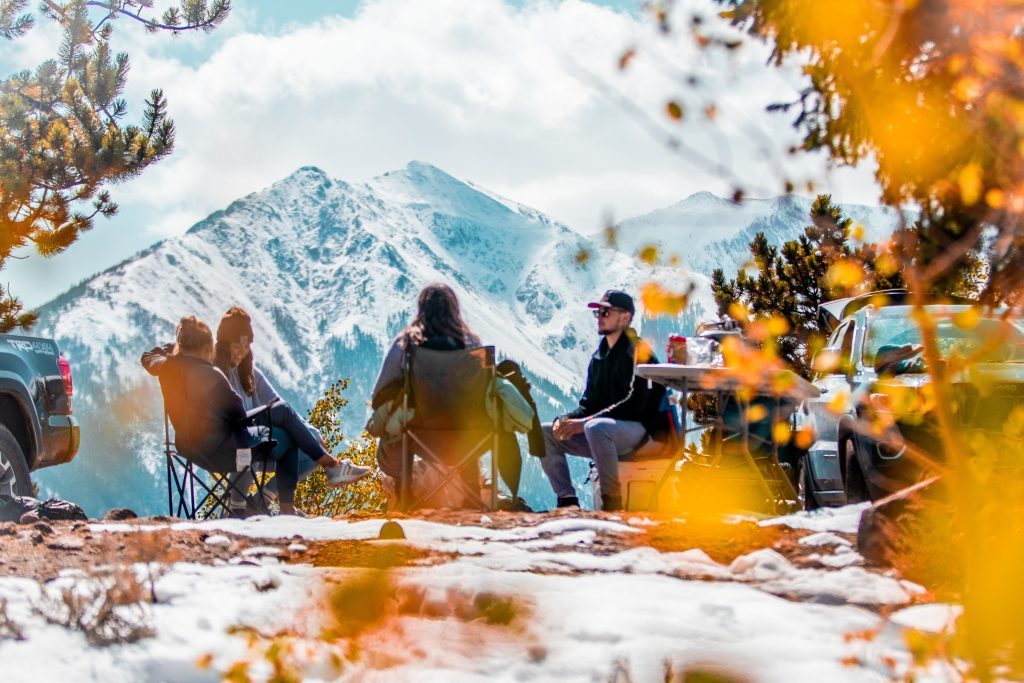
Photo by Woody Kelly on Unsplash
Packing comfort items should also be on your priority list, otherwise camping can seem a bit torturous. That means packing items like a comfortable pillow, sheets, and sleeping bag or mat. An air mattress can provide even more comfort when it comes time to call it a day.
Camping chairs and tables provide additional comfort when it comes time for meals around the campfire and a hammock that can be tied in-between trees makes a perfect place to lounge during the day.
Being able to see around camp also makes things more enjoyable, so be sure to pack some quality torches or lanterns. LED bulbs tend to shine brighter and longer than simple incandescent bulbs and head torches will allow you to free up your hands when cooking, reading, or going to the bathroom at night.
And if you’re a camper that doesn’t like to forego appliances and devices while camping, investing in a portable solar power station will allow you to charge numerous devices using a variety of outlets and ports all at the same time. This means you never have to say goodbye to using your phone, laptop, drone, camera, portable fridge, mini TV, or toaster.
Just remember that power stations containing lithium ion batteries may be prohibited from checked baggage and required to be placed in carry-on baggage.
Outdoor Recreation Gear
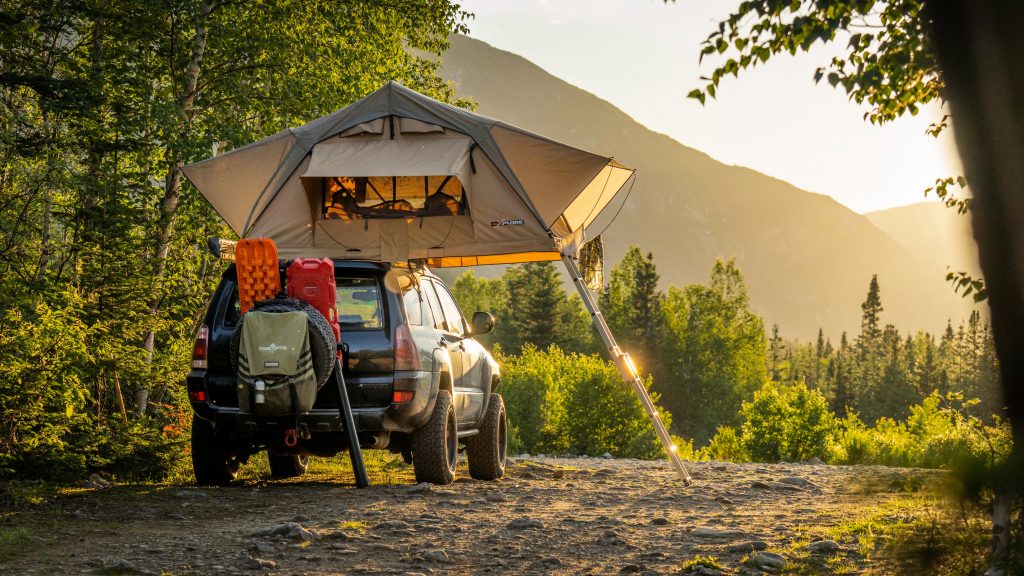
Photo by Alfred Boivin on Unsplash
While some campers may simply enjoy relaxing around camp, many will have planned various outdoor activities. Packing outdoor recreation gear will most often enhance your outdoor camping experience, allowing you to further immerse yourself in nature while offering something fun for the whole family.
What you pack will of course depend on what activities interest you such as hiking poles and binoculars for birdwatching or surf boards and snorkel gear for ocean lovers. Pack a frisbee, kick the footy around, cast a fishing line, or paddle a kayak. Or maybe pack a yoga mat for a bit of outdoor mediation and rejuvenation.
There may also be local tours near your campsite which can be booked such as whitewater rafting, abseiling, quad bike tours, or mountain biking. Many activities are covered by quality travel insurance at no extra cost, while purchasing additional optional coverage may allow you to partake in even more extreme activities and watersports.
